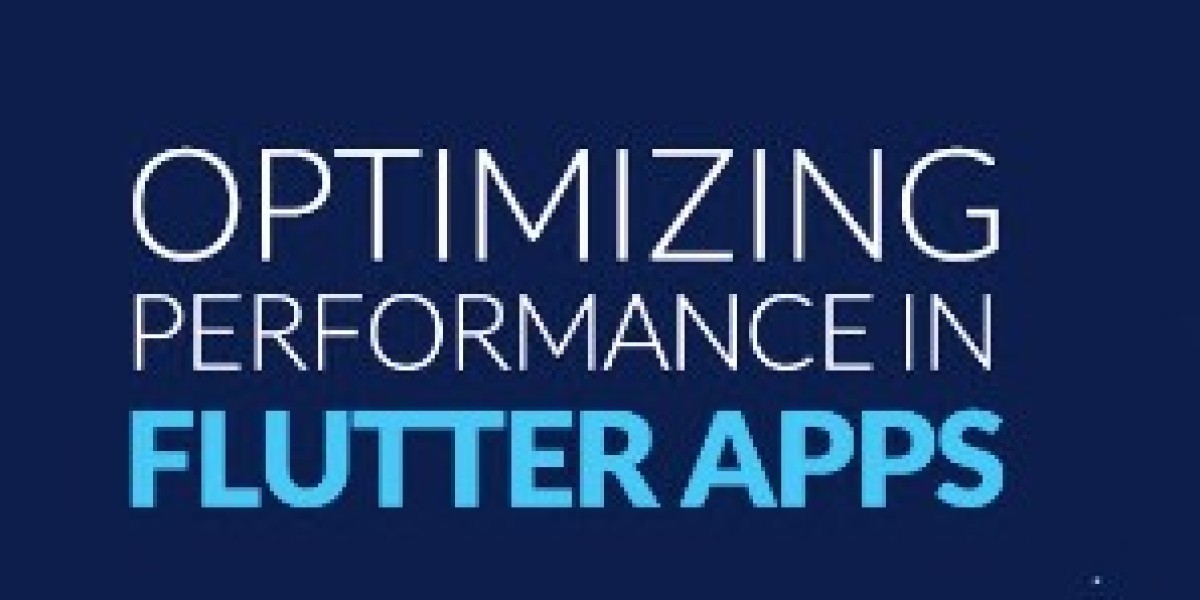In the fast-paced world of mobile apps, a smooth and responsive user experience reigns supreme. For developers working with Flutter, the go-to framework for cross-platform app development, ensuring optimal performance is crucial. This blog delves into essential best practices and tips to help you craft high-performing Flutter apps that keep your users engaged.
Harness the Power of Stateless Widgets:
Stateless widgets are the cornerstone of efficient UI rendering in Flutter. Unlike stateful widgets that rebuild on every change, stateless widgets only rebuild when their properties change. By prioritizing stateless widgets, you minimize unnecessary rebuilds, contributing to a smoother user experience.
Minimize Widget Hierarchy Complexity:
A cluttered widget hierarchy can lead to performance bottlenecks. Break down complex UI elements into smaller, reusable widgets. This not only enhances performance but also improves code maintainability and readability.
Utilize the Caching Power of Flutter:
Flutter provides robust caching mechanisms to optimize data fetching and rendering. Leverage libraries like cached_network_image to cache network images, and consider state management solutions like Provider or BLoC to cache frequently accessed data, minimizing redundant network requests and database calls.
Leverage key Properties Effectively:
Assigning unique key properties to widgets helps Flutter identify which parts of the UI need to be rebuilt during updates. This prevents the entire UI from re-rendering unnecessarily, improving performance, especially when dealing with lists or complex UIs.
Optimize Image Usage:
Images can significantly impact app performance. Ensure images are appropriately sized for the display and consider using image compression libraries like flutter_image_compress to reduce their file size without sacrificing quality.
Embrace Asynchronous Operations:
Performing long-running tasks within the UI thread can stall the rendering process. Utilize asynchronous operations like Future and async/await to handle tasks like network requests and complex calculations in the background, keeping the UI responsive.
Profile and Identify Bottlenecks:
Once you have implemented best practices, it's crucial to identify and address any remaining performance issues. Use profiling tools like the Flutter DevTools to pinpoint performance bottlenecks within your app, allowing you to target specific areas for optimization.
Stay Updated with Flutter:
The Flutter team continuously releases updates and improvements. Keeping your development environment and project dependencies up-to-date ensures you benefit from the latest performance optimizations and bug fixes.
Conclusion:
Optimizing performance in Flutter apps requires a strategic approach. By following these best practices and staying updated with the latest advancements, you can ensure your Flutter apps deliver a seamless and enjoyable user experience, setting them apart in the competitive mobile app landscape.
Looking for a reliable Flutter app development company to assist in crafting high-performing apps? Look no further than Eitbiz Solutions. Our team of experienced developers holds expertise in optimizing Flutter apps for maximum performance. Contact us today to discuss your project and explore how we can help you build exceptional apps that truly shine.



